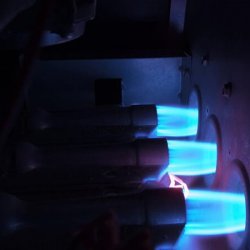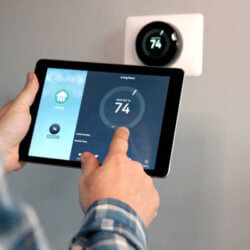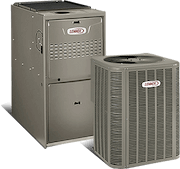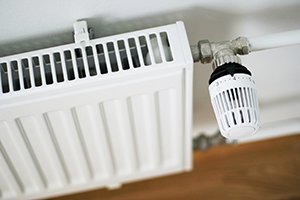
A central heating system makes use of a primary heating unit, such as a furnace or a boiler to generate heat that is then distributed throughout the house through a ductwork or pipe system. Central heating systems can be used for houses with rooms that have individual thermostatic control or with rooms that have similar heating requirements. In general, this option is a convenient and efficient heating system for families or homeowners that prefer to have one central heating unit instead of using different individual room heaters.
To have a central heating system installed in your St. Louis home or to learn more about central heating system installation, service, or maintenance, then contact our St. Louis heating & air conditioning company today at 314-993-1110.
Types of Central Heating Systems
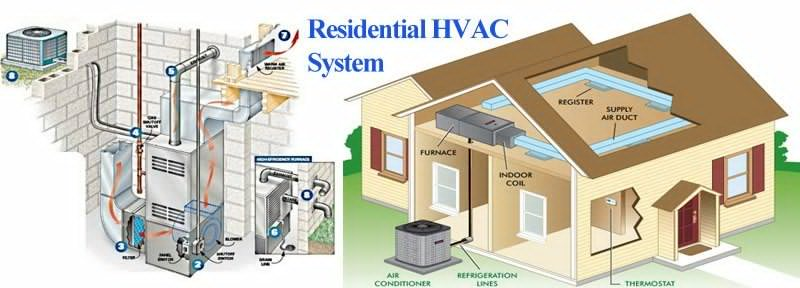
If you are looking for a heating system for a newly constructed home or you are looking to replace or upgrade your current system, there are some important things you need to know about central heating systems. For example, there are many types of central heating systems that are out on the market today.
To help cut through the confusion, here are the main types of central heating systems you can choose from:
- Furnace – Furnaces use electricity, natural gas, or fuel oil in order to produce hot air, which is then blown through the ducts and delivered to different parts of the house.
- Air-Source Heat Pump – A heat pump moves the hot air from indoors to the outdoors during the hot summer months. In winter, this cycle is reversed, as the heat pump transfers hot air from outside to inside the house. This system is ideal for those looking to purchase one compact unit that can conveniently provide both hot and cold air year round.
- Geothermal Heat Pump – A geothermal heat pump is similar to an air-source heat pump in functionally, but it draws heated and cooled air from underground, resulting in a more efficient system.
- Ducted Warm Air System – In this central heating system, a boiler produces warm air that is distributed through a ductwork system and exits through wall or floor vents.
- Radiator – A radiator uses steam or heated water to heat the air inside the home through electromagnetic waves and convection. It starts by heating the surrounding air, then when this hot air rises, it pulls the cooler air towards the radiator until it becomes hot as well.
Understanding Central Heating Systems: What You Need to Know
In most cases, central heating systems are convenient and efficient way to regulate the temperature inside a home. However, you should take note of the drawbacks in having one installed. If you are installing it in a newly constructed home or an existing home, there will need to be existing routes for pipes and ducts. If these do not exist, there will be an additional expense to have them installed. You also need to have the extra space in which to house the central heating unit.
Another drawback of central heating is that you have limited control over its heat output—especially if you do not have separate thermostats for each room. There is also a slight time delay before any changes in the temperature are felt. You might also encounter difficulty when moving or resizing components due to changing heating requirements within the home.
Installing Central Heating Systems
If you are considering replacing or installing a new central heating system in your home, you should seek the expertise of an HVAC company to help you choose the best one for your home. At Galmiche & Sons in St. Louis, we will make sure to provide you with sound and expert advice on which central heating system will be best to address all of your needs.
If you want to learn more about central heating systems or would like to request a quote for a new HVAC system installation, please feel free to call our St. Louis heating & air conditioning company at 314-993-1110.




